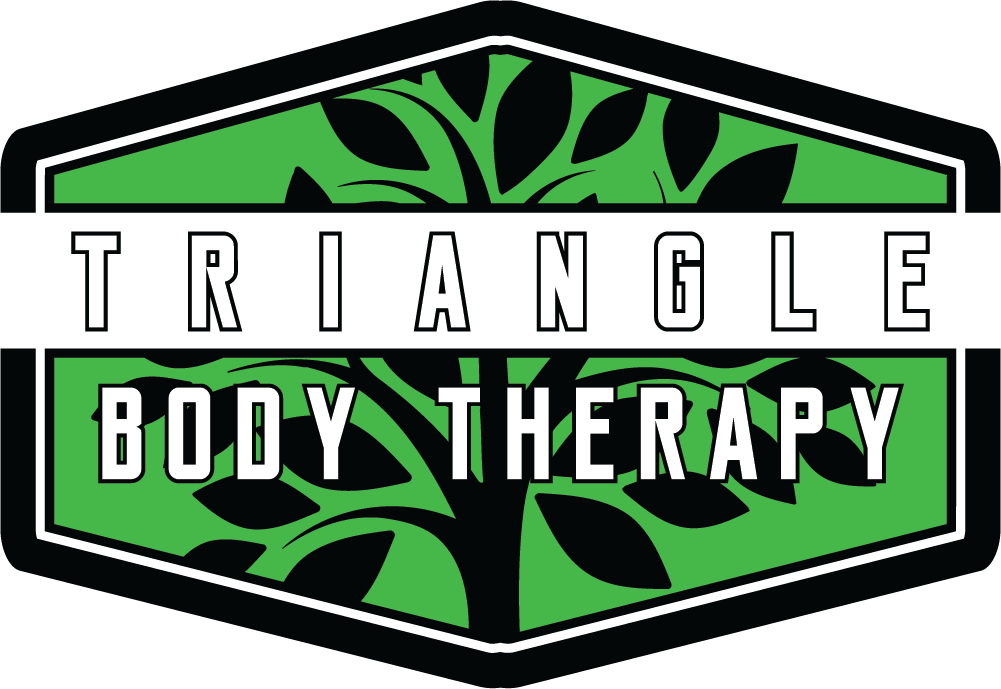Massage Therapy Compared to Myofascial Release
Therapeutic massage has a long history going back to at least the second century B.C. Hippocrates, the father of medicine himself, helped popularize its therapeutic benefits in the west. Today, massage therapy is more popular than ever. Obviously people get something out of it. But do they get enough out of it?
Regular massage can be helpful for pain prevention, but it has its limitations. Those limitations become clear with increased understanding of the body’s connective tissue called fascia.
What is Fascia?
Fascia is literally the stuff that ties all the individual pieces of the body together into an integrated, functioning whole. It spreads continuously throughout the body, surrounding, penetrating and supporting every muscle, bone, organ, nerve, blood vessel and cell. It’s absolutely everywhere in the body. Take away everything from your body, leaving only the fascia behind, and your unique shape and physical features would still be clearly recognizable.
In order to make any lasting changes and improvements in persistent pain or movement problems, your therapy must address the fascia. Turns out that’s not so easy to do, due to fascia’s strong, resilient nature.
What’s the Best Technique?
The continuous, interwoven nature of fascia often allows symptoms to appear in areas well removed from their causes. It’s critical to evaluate patients as they stand or move vertically in gravity, looking for their unique structural compensations. Has your tone and structural alignment been evaluated in this way? This is the only way treatments can be customized to address your unique imbalances, which give rise to symptoms, instead of band-aiding your symptoms alone.
Get Rid of the Lubricants!
Using a lubricant drastically reduces a therapist’s effectiveness when the desired outcome is anything more than temporary gains. The very purpose of myofascial work can’t be adequately achieved under these circumstances, as the resilient, structural fibers of fascia can’t be effectively “hooked” to improve their organization and length. Lubricated techniques do little more than temporarily soften the hardened fluid aspects of the myofascia.
Traditional forms of Myofascial Release do not use a lubricant and are therefore quite good at hooking the fascial fibers. These approaches tend to be more effective than Myofascial Massage at reducing pain, but still of limited benefit for the deepest and most persistent conditions. The problem with these other methods is that they tend to be too fast and forceful. Structural problems just can’t be forced into compliance.
Barnes Method Myofascial Release Gets Lasting Results
Over the past 50 years, John Barnes, PT has dramatically transformed the traditional forms of Myofascial Release. The changes enable permanent reduction or elimination of pain and other symptoms, increasing your quality of life.
Barnes method MFR is characterized by gentle, sustained techniques geared toward releasing stuck, hard fascia. These areas require several minutes or more of sustained treatment in order to stretch and align their resilient, structural nature. Time makes the biggest difference to fully soften, lengthen and reorganize the myofascial system, and only Barnes method MFR consistently seeks to resolve problems in this way.
Remarkably, Owen is the only NC Licensed Massage & Bodywork Therapist in Chapel Hill specializing in the John Barnes method of Myofascial Release.
